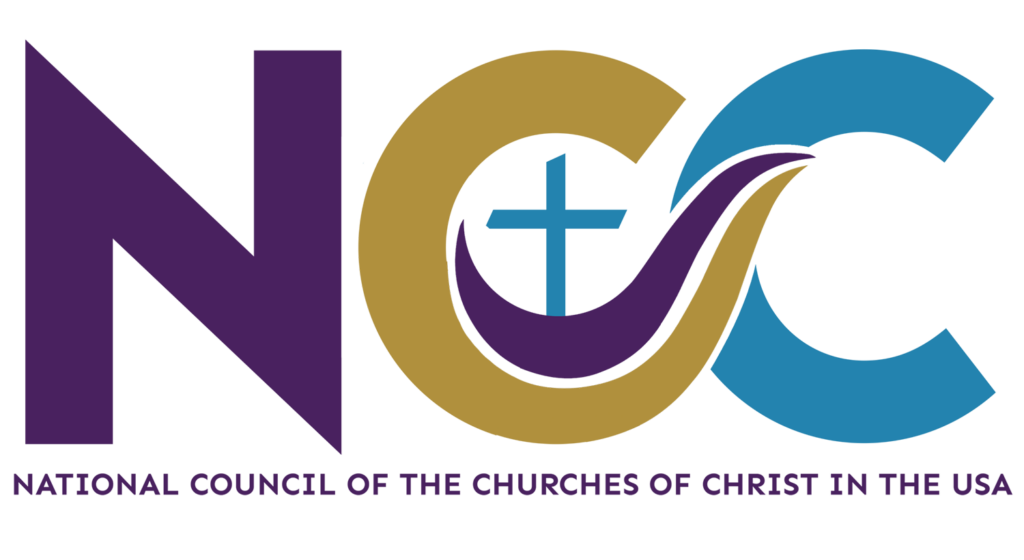By Tony Kireopoulos
A symbol is important. It represents what we believe, and it drives us to action in the name of that belief. It also does more than that: in the original sense of the word, a symbol makes the subject of that belief a present reality in the hearts and minds of those who look to it for meaning.
 I’ve been thinking about this since the debate over the Confederate flag began after the shootings at Mother Emmanuel Church in Charleston. Contrary to those who claim its protection as free speech under the First Amendment, many voices have called for its removal from state houses and store shelves; many others have called for a subsequent debate of the race issues underlying the situation. I myself at first wondered about the effectiveness of pulling the flag from public view; to me, it initially seemed to be a relatively minor action compared to the gravity of what is happening in our country in terms of race these days. And yet, if I think about the Confederate flag as a symbol – not just one representing the South, but one making the reality of racism, intolerance and oppression present in the hearts and minds of many who fly it – I find myself also advocating for its removal.
I’ve been thinking about this since the debate over the Confederate flag began after the shootings at Mother Emmanuel Church in Charleston. Contrary to those who claim its protection as free speech under the First Amendment, many voices have called for its removal from state houses and store shelves; many others have called for a subsequent debate of the race issues underlying the situation. I myself at first wondered about the effectiveness of pulling the flag from public view; to me, it initially seemed to be a relatively minor action compared to the gravity of what is happening in our country in terms of race these days. And yet, if I think about the Confederate flag as a symbol – not just one representing the South, but one making the reality of racism, intolerance and oppression present in the hearts and minds of many who fly it – I find myself also advocating for its removal.
Yes, in the historical sense, the Confederate flag hearkens back to another place and time, and serves as a reminder of a war fought a century-and-a-half ago in which thousands died proudly in its shadow. But in the psychological and cultural and even religious sense, it is more meaningful – and more dangerous – than that. For among the realities the Confederate flag makes present is the sinful legacy of slavery, rape, lynching, torture, segregation and Jim Crow that, after generations of nurturing in that same shadow, enabled an angry young man to kill 9 people engaged in bible study and prayer.
It is sadly ironic that these killings took place beneath another symbol. When we see pictures of Mother Emmanuel Church, we see a bright white façade emblazoned with a large cross – the cross of Christ – the Christian symbol of love, sacrifice, forgiveness, reconciliation and salvation. Under this symbol, the victims welcomed the young man into their midst in a gesture of loving hospitality; under it, they died as martyrs, sacrificing their lives as they lived out their faith; under it, the families forgave their killer; under it, the community began a process of reconciliation; under it, the soul of the nation felt the saving grace that comes from such a witness of love. Indeed, the symbol of the cross has brought the reality of divine love into our midst, even in the context of this tragedy.
I suppose it is unfair to compare the symbol of the cross to the symbol of the Confederate flag. But when a young man who wrapped himself in the Confederate flag killed those who lived by the cross, it’s hard not to do so. And now that we’ve had several church burnings across the South in the weeks since the shooting, knowing that so much of the violence done over the last 150 years under the banner of the Confederate flag was accompanied by the burning of a cross – certainly the misuse of a symbol if there ever was one – it is time to question the meaning of the symbol that has fostered such hatred and has inspired so much terror.
This is why we have to come to terms with the power and function of symbols, in church and in society. And this is why the Confederate flag must come down.
